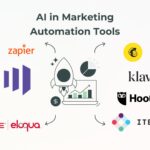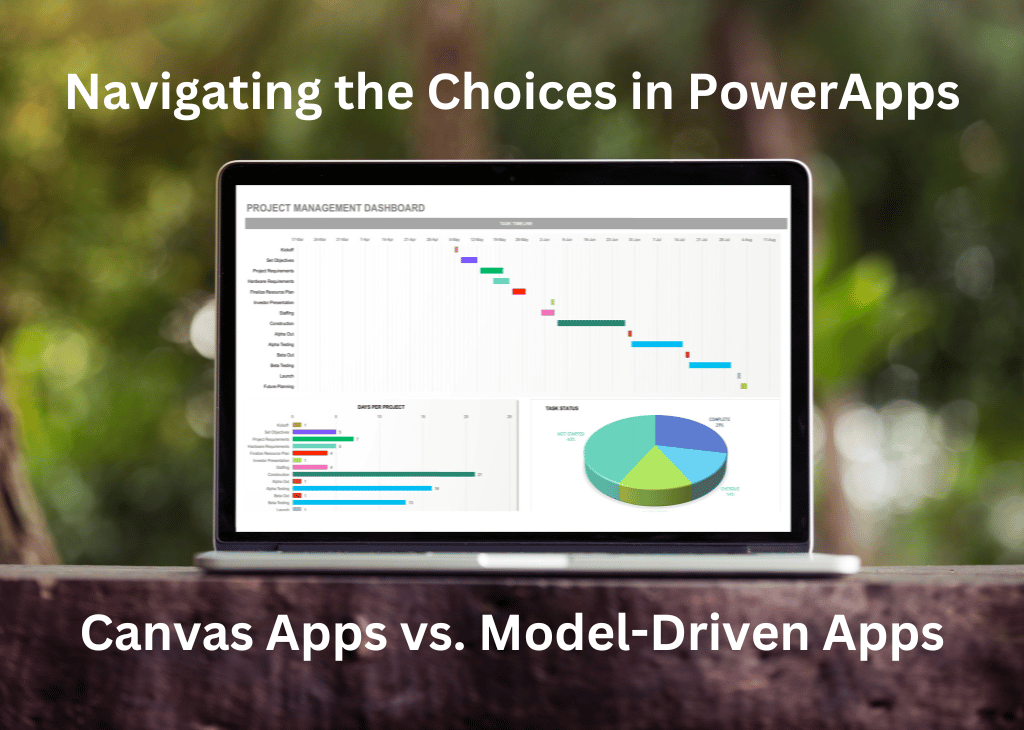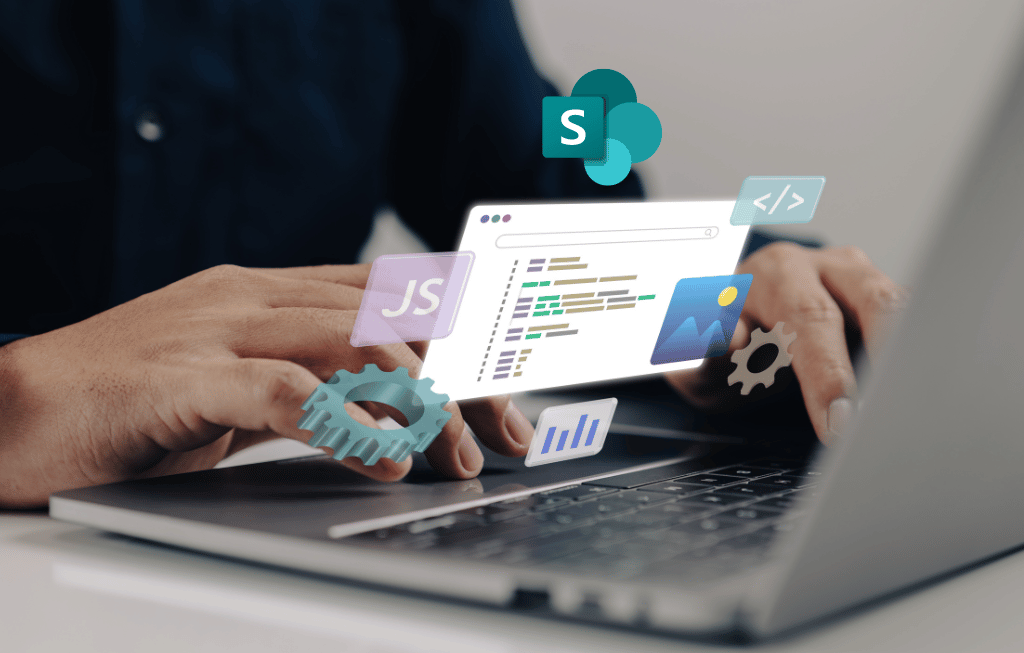In the hastily changing global utility development, Microsoft PowerApps stands proud of its progressive strategies for constructing business packages. Each kind is tailored to meet precise desires within a business enterprise, giving bendy solutions that align with diverse commercial enterprise strategies and dreams.
This exploration delves into the variations among those two styles of apps, offering insights crucial for developers and businesses as they navigate the selections in PowerApps development.
Model-driven apps are particularly well-suited for complex, data-heavy scenarios that demand high scalability and security.
These apps are built on the robust foundation of Microsoft’s Dataverse, which stores the underlying data structures. What sets Model-Driven Apps apart is their ability to automatically generate consistent user interfaces and adapt fluidly to different device screens—from smartphones to desktops.
This adaptability is vital in our current era, where accessing information across multiple devices is the norm rather than the exception.
Moreover, Model-Driven Apps are deeply integrated with the broader Microsoft ecosystem, enhancing functionality and ensuring data integrity throughout complex organizational processes.
This integration proves invaluable for businesses that depend on reliable, sophisticated applications to manage customer relationships, streamline internal operations, or handle large datasets.
Whether coordinating team activities or tracking customer interactions, Model-Driven Apps provide a stable, scalable platform that helps businesses manage their operations effectively and confidently.
Canvas Apps offer a stark contrast by providing a highly flexible platform where the user interface is king. With a clean canvas, developers can drag and drop additives to design custom-made apps that meet unique operational or aesthetic needs.
This kind of app is ideal for developing particular user studies wherein the software’s appearance, feel, and capability want to be tailored to specific specs.
Canvas Apps connect to a wide variety of information resources—over two hundred, which include famous services like Dynamics 365, SharePoint, and external databases—making them notably versatile and capable of fitting into numerous IT ecosystems.
They are appropriate for specific, targeted packages, challenge management equipment, interactive customer portals, or streamlined facts entry applications.
How do you choose among Model-driven and Canvas Apps?
The preference among Model-Driven and Canvas Apps must be guided by the commercial enterprise’s unique desires and the mission’s character. Model-driven apps are the cross-to solution if the requirement is for a robust, stable, and scalable app that integrates tightly with different Microsoft offerings and prioritizes facts structure.
Conversely, Canvas Apps are more appropriate if the mission needs excessive customization, unique branding, or needs to incorporate many facts assets in flexible surroundings
PowerApps development underscores its significance in modern application creation by providing these two robust methodologies. As organizations keep digitizing their operations and seek efficient methods to develop applications that enhance productiveness and user engagement, knowledge of the strengths and barriers of every approach is essential.
Whether choosing Model-Driven or Canvas Apps, developers and companies can leverage Microsoft PowerApps to create solutions that are the most effective and aligned with their strategic business objectives.
What are Canvas Apps?
Canvas Apps within Microsoft’s PowerApps platform is a dynamic and flexible tool for developers aiming to create bespoke applications explicitly tailored to business requirements.
This form of the app begins as a literal blank canvas, allowing developers complete freedom to layout and prepare the consumer interface using genuinely dragging and losing factors anywhere they see a match.
This method offers unheard-of customization capacity, making it possible to increase highly personalized programs that cater immediately to the precise wishes of any commercial enterprise.
Key features
The key features of Canvas Apps include high customizability, multiple data connections, and optimal usage for straightforward, task-oriented applications.
Because the underlying data structure does not restrict developers, they may be as creative or straightforward as necessary when designing the user interface.
About 200 distinct data sources, including well-known Microsoft services like Dynamics 365, Microsoft 365, and SharePoint, are supported by Canvas Apps.
Because of its adaptability, the app can be easily used to combine and aggregate data from many systems, which improves its effectiveness and makes it an effective tool for handling IT help desk issues, processing holiday requests, and registering participants for events.
With a design interface as simple to use as well-known Microsoft applications like PowerPoint and Excel, Canvas Apps enable users to develop apps without requiring a deep understanding of programming, reducing the learning curve.
This can sometimes lead to increased development time and higher costs, as achieving a polished, professional look and functionality that scales across different platforms may require more intricate coding and testing.
Additionally, while the drag-and-drop interface simplifies the design process, ensuring that all elements work harmoniously can still be challenging without a deep understanding of sound design principles.
Canvas Apps are an excellent choice for organizations that require custom applications built quickly and with a specific focus. They offer the ability to create a tailored user experience and integrate a wide range of data sources into a single application.
However, businesses considering this option should be prepared for the potential need for a more extensive design effort and the associated costs. For those looking to leverage the full power of PowerApps without the constraints of traditional coding, Canvas Apps present a compelling platform to explore innovative application solutions that directly address business needs.
What are Model-Driven Apps?
Model-driven apps in PowerApps are designed based on the underlying data—primarily leveraging Microsoft’s Dataverse.
This approach automates much of the UI based on the data’s structure, thus providing a more streamlined development process that’s less focused on the visual aspect and more on functionality.
Model-driven apps within the Microsoft PowerApps platform are tailored for complex, data-intensive scenarios, where the architecture begins with the data model itself.
This data-centric approach prioritizes the integrity and structure of data, making it the foundation upon which the app is built. In Microsoft’s Dataverse, these apps benefit from a secure, scalable environment that facilitates extensive data integration and sophisticated management capabilities.
This adaptability is vital in today’s diverse tech landscape, where users expect consistent functionality across all platforms—from desktops to mobile devices.
The seamless responsiveness enhances personal engagement by providing the most efficient enjoyment, no matter the device used. Model-pushed apps are ideally suited for scenarios like patron courting control, event planning, and other good-sized business tactics requiring high records manipulation and a dependable, scalable answer.
Their capacity to combine deeply with Microsoft’s surroundings, even as ensuring information-driven capability, makes them a strategic choice for organizations trying to streamline their operations.
Pros and Cons of Model-Driven Apps
Model-driven apps provide a robust solution for handling complicated business common sense and massive datasets, making them highly appropriate for firms that require green and dependable statistics processing skills. These apps combine seamlessly with Microsoft’s ecosystem, leveraging equipment like Dynamics 365 and Azure to provide a consistent user experience and ensure system reliability.
This integration is helpful for groups already embedded within Microsoft surroundings, as it permits smoother workflows, better statistics, and brotherly love throughout numerous packages.
Moreover, the dependent nature of Model-Driven Apps comes with certain drawbacks. One sizeable trouble is their loss of flexibility in consumer interface design. Since the UI is dictated using the underlying facts model, there’s little room for customization.
This can be a venture for companies that want a particular look and experience to health their branding or personal enjoy dreams. Additionally, these apps require comprehensive knowledge of the statistics version for robust use.
This steep learning curve can be a barrier for users who aren’t technically adept, doubtlessly requiring extra training and resources to keep the workforce up to the mark. Therefore, while Model-Driven Apps are powerful for information-centric operations, they may not be first-rate in shape for every organization, especially the ones needing an extra tailored or visually precise software answer.
Comparison of Canvas Apps and Model-Driven Apps
When evaluating those two sorts of apps, it’s critical to keep in mind the specific needs of your venture:
- UI Design vs. Data Complexity: Canvas Apps precede UI layout flexibility, while Model-Driven Apps are conscious of handling complex records.
- Data Source Integration: Canvas Apps can connect to a broader range of facts assets, while Model-Driven Apps commonly connect most effectively to Dataverse.
- Development Time and Cost: Canvas Apps would possibly require extra time and resources due to their custom nature, while Model-Driven Apps can be quicker and much less high priced because of predefined templates and structures.
Conclusion
Clean know-how must inform the desire among Canvas Apps and Model-Driven Apps in PowerApps to improve every type’s strengths and barriers. This is for tasks that require exceedingly custom-designed interfaces.
However, Model-Driven Apps provide a firm answer for those wanting to address complicated records with a reliable and regular UI. Combining both types of apps can give complete answers that leverage each other’s strengths, ensuring that all commercial enterprise requirements are met efficiently.
As PowerApps evolves, understanding those differences becomes critical for developers aiming to leverage Microsoft’s platform to its fullest capability.
In conclusion, whether or not you choose the creativity of Canvas Apps or the robustness of Model-Driven Apps, PowerApps development remains a powerful tool for building versatile and practical commercial enterprise applications.
The journey through PowerApps development includes making knowledgeable alternatives among Model-Driven and Canvas Apps. Each offers distinct advantages that can significantly impact how organizations address digital transformation challenges.
By carefully considering the intended purpose, required integration, and desired user experience, businesses can effectively choose the right tool within PowerApps to drive their development projects forward.














